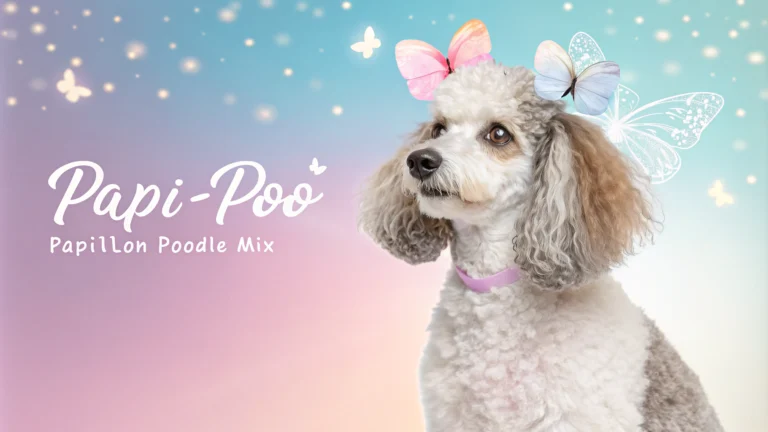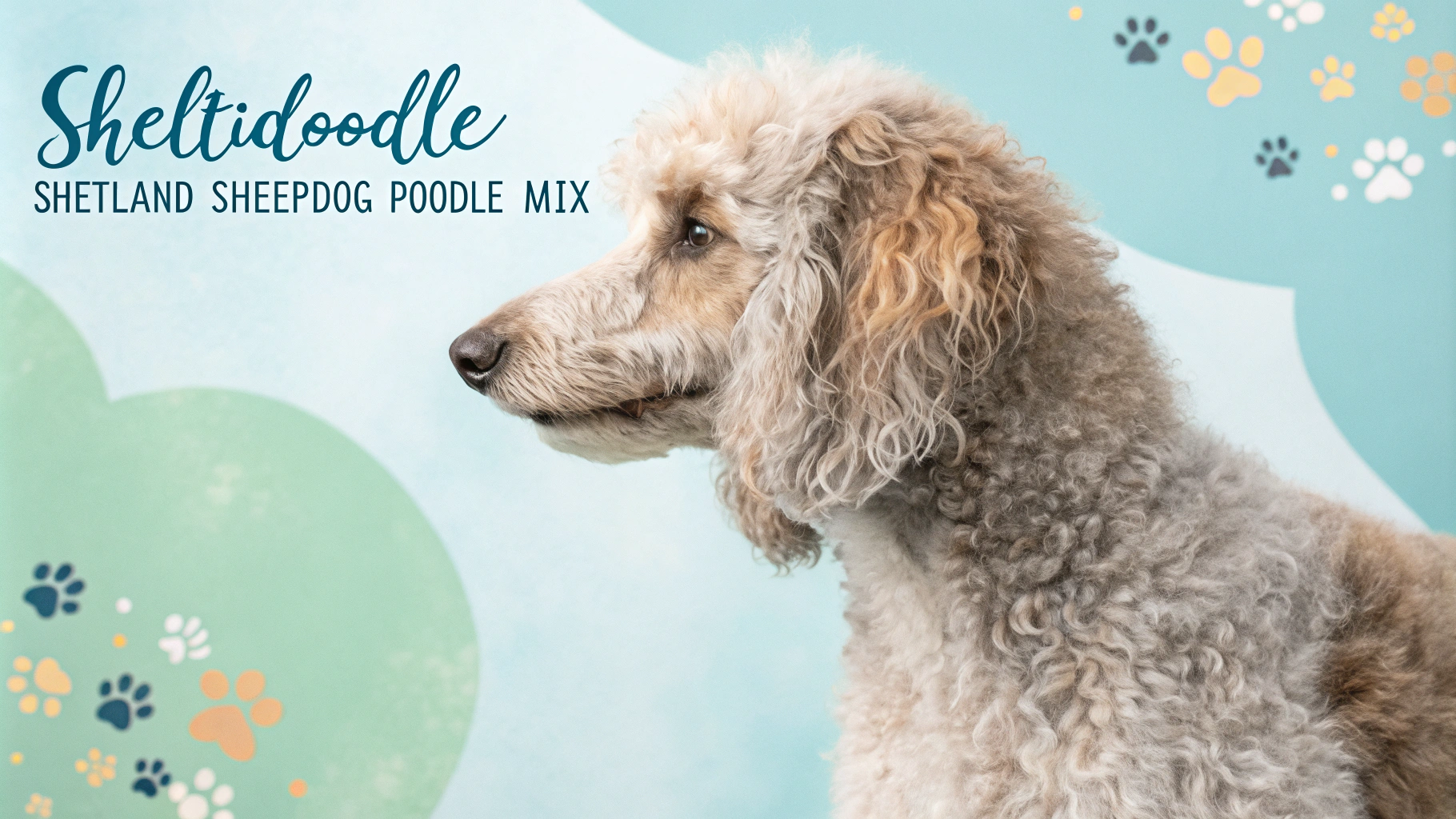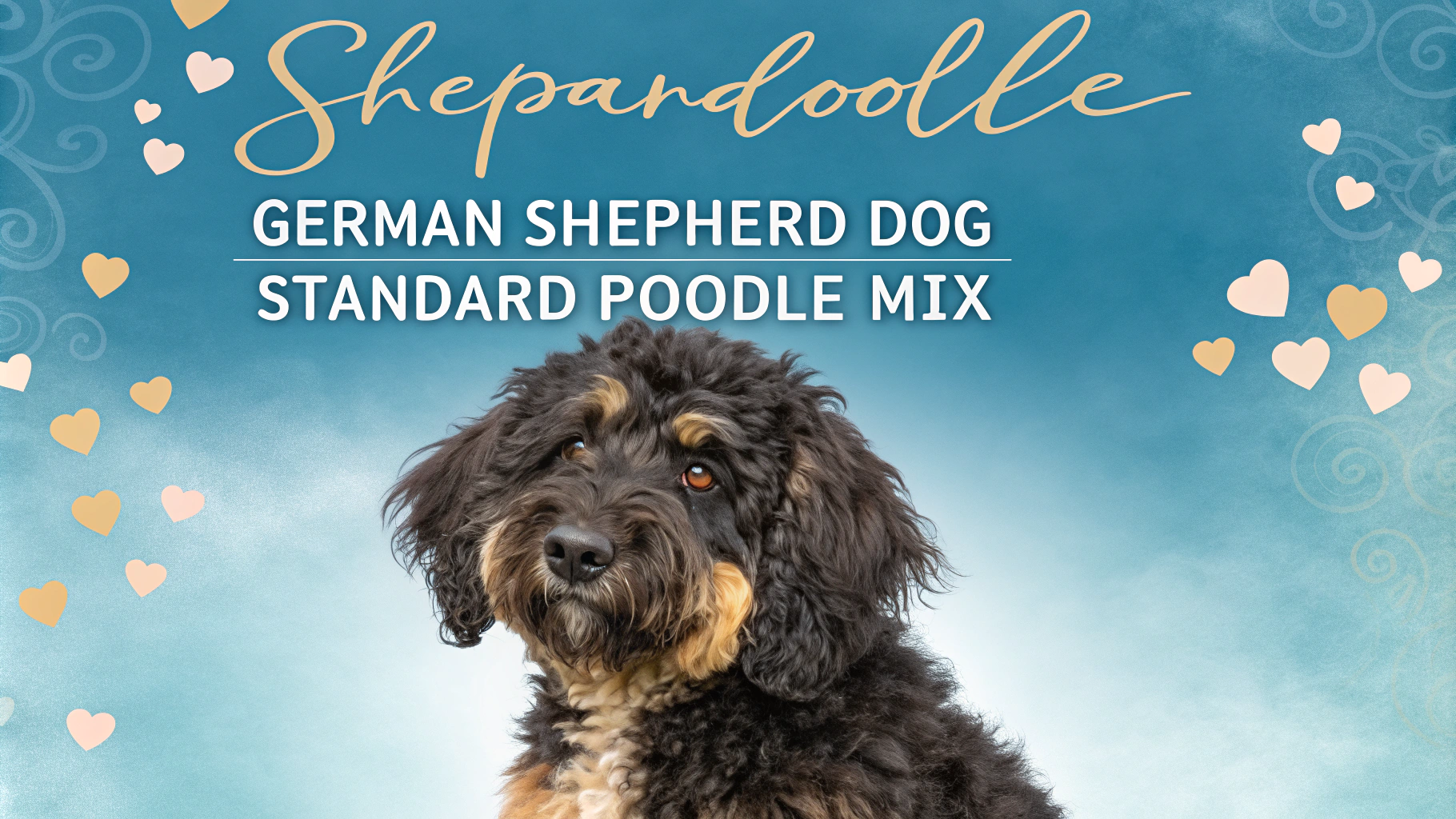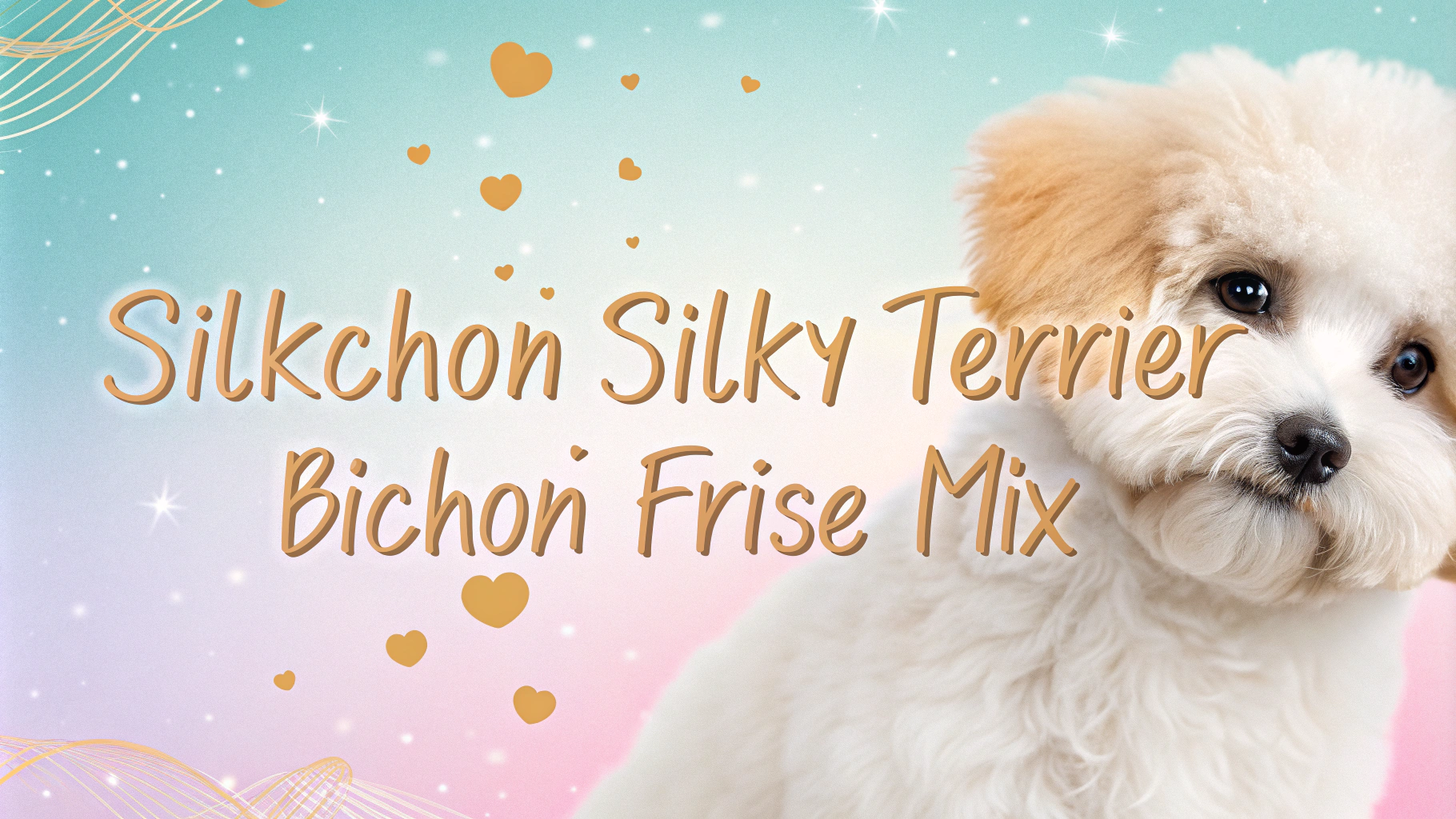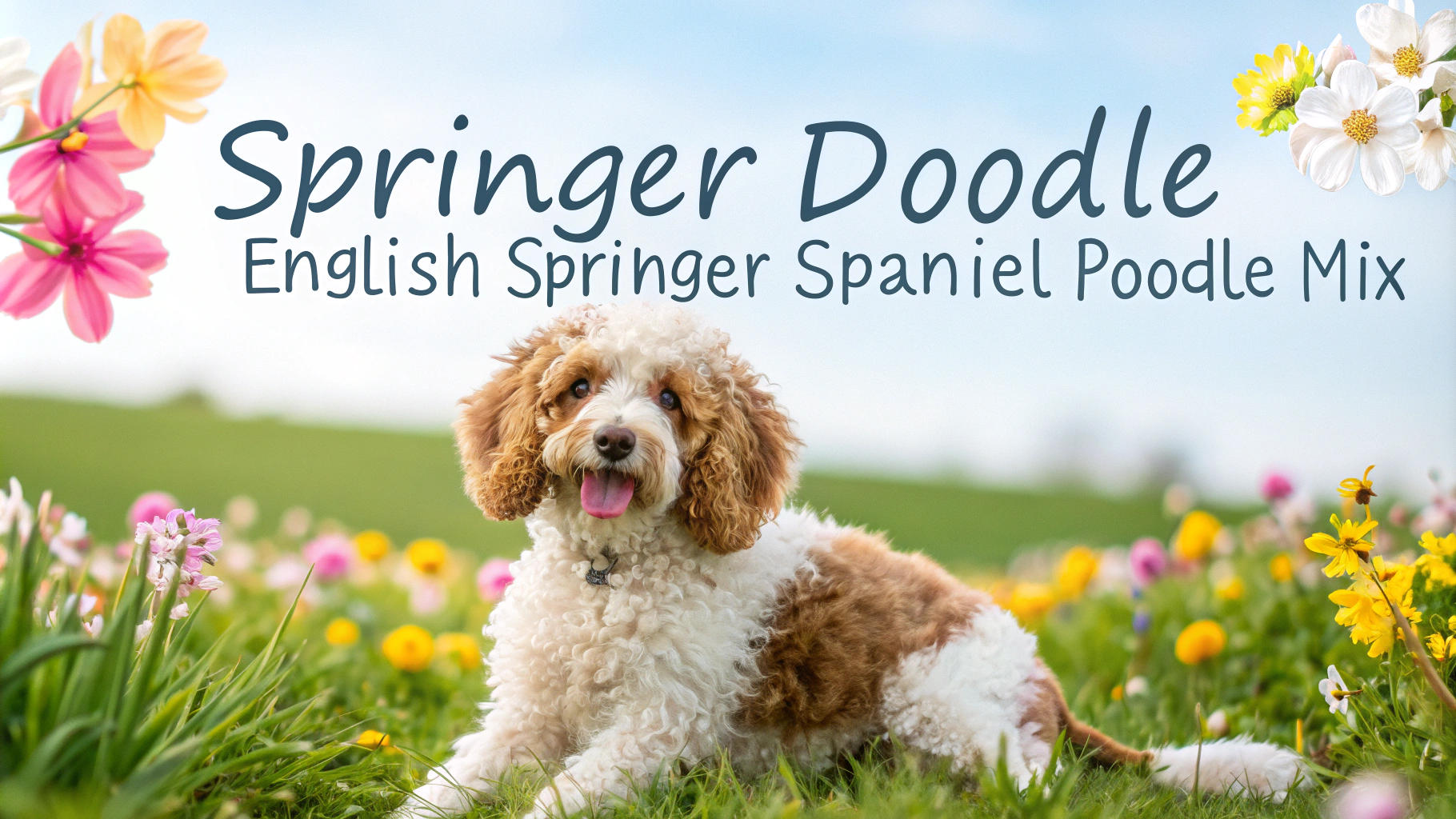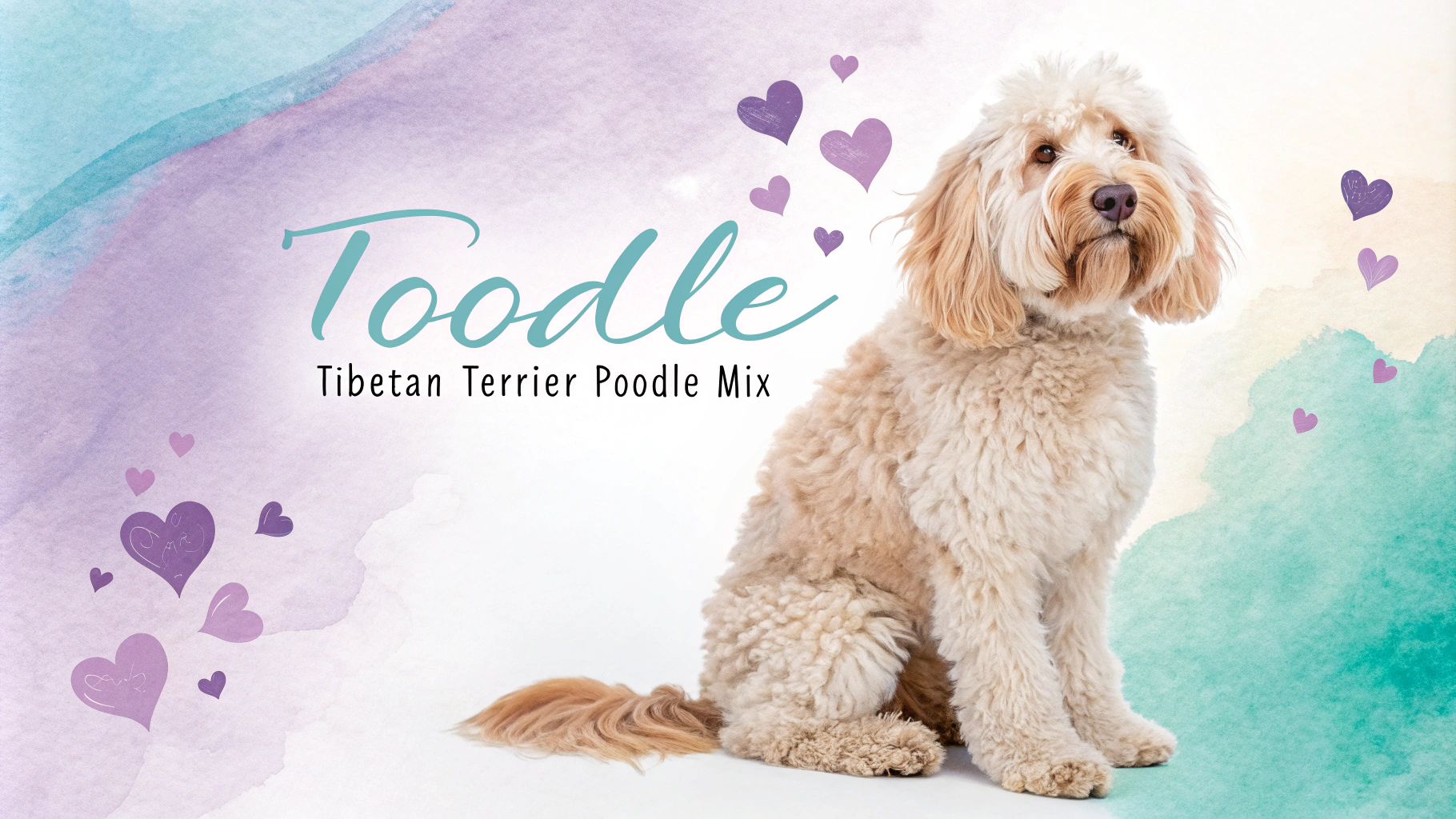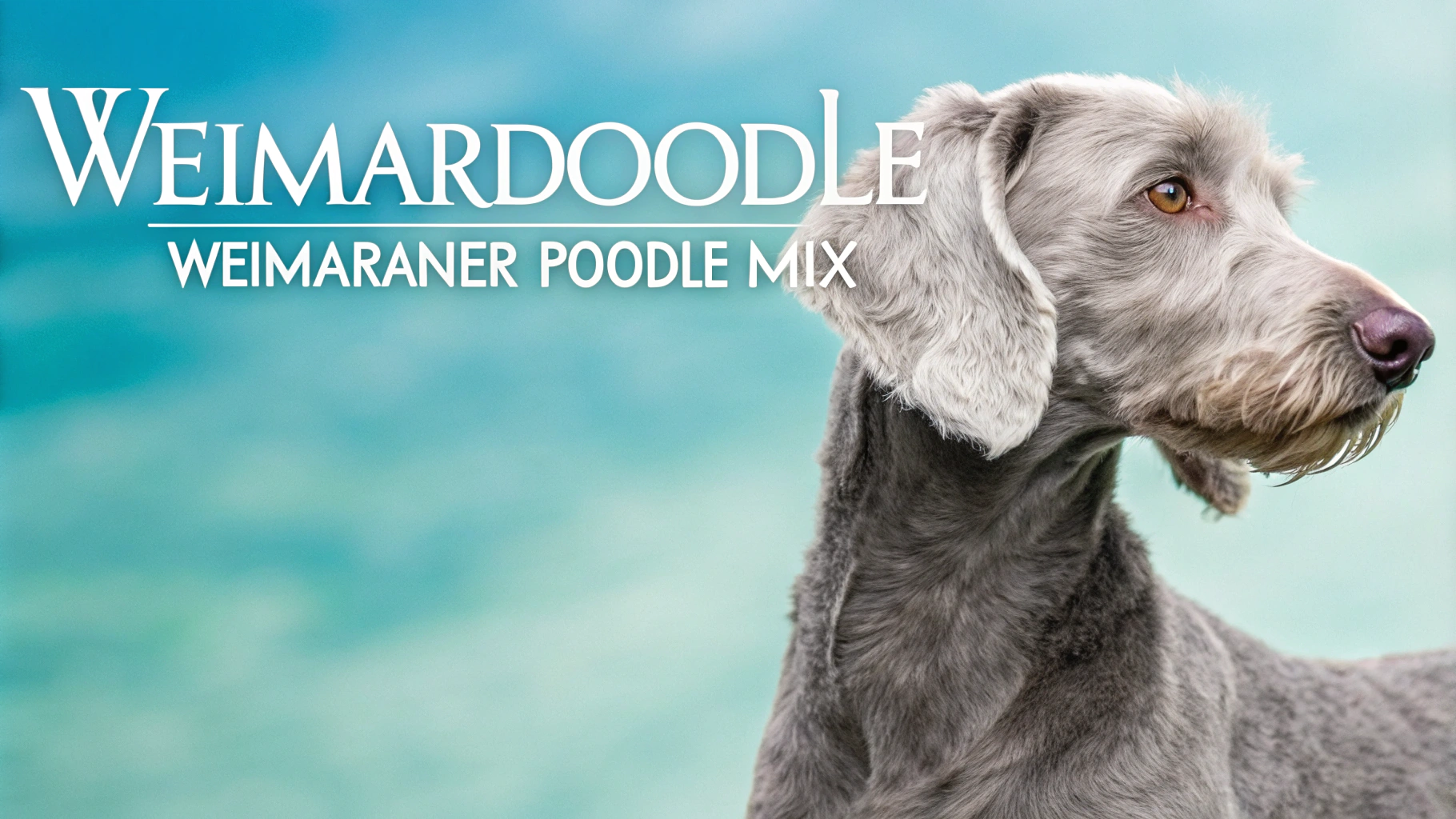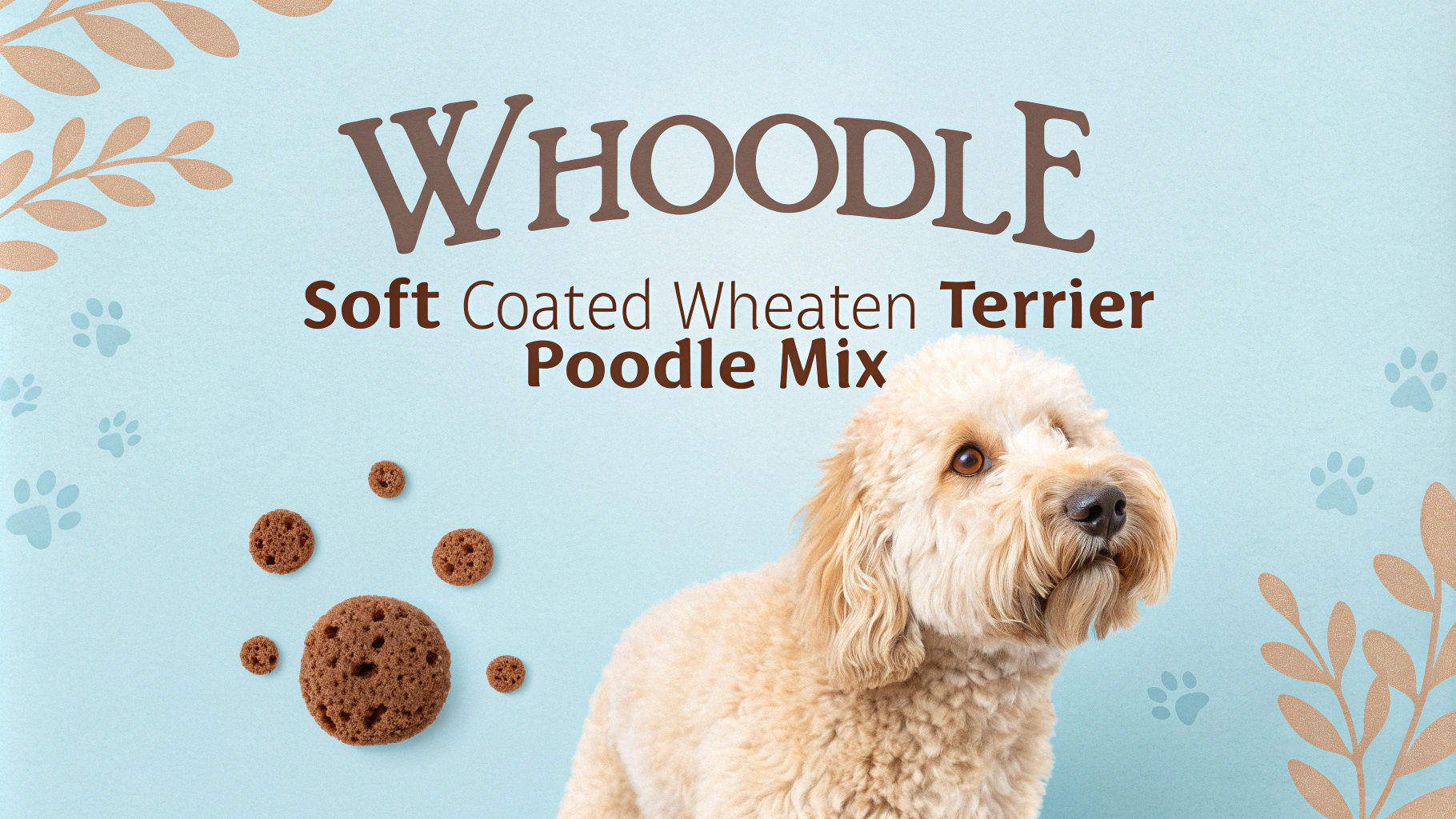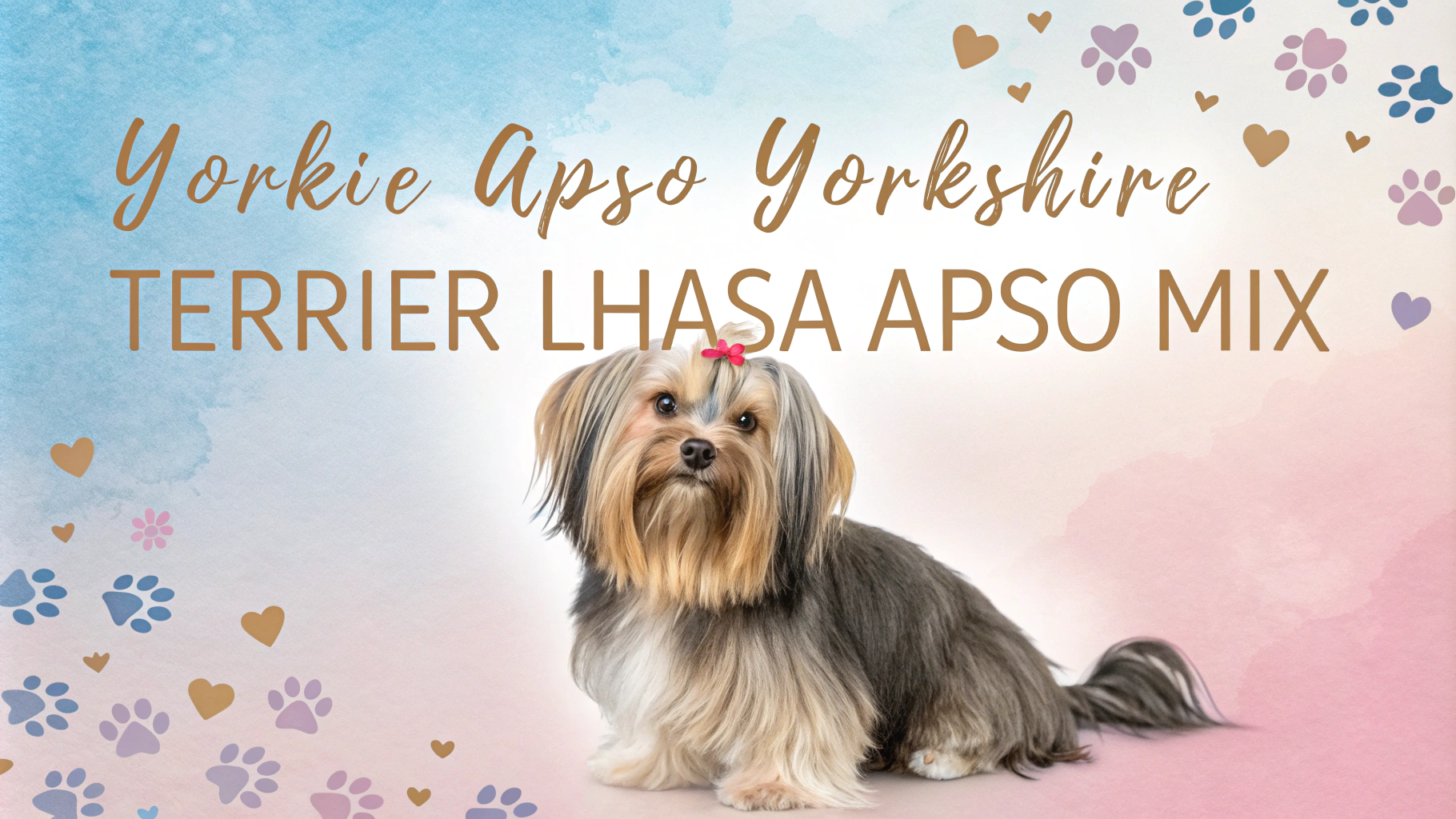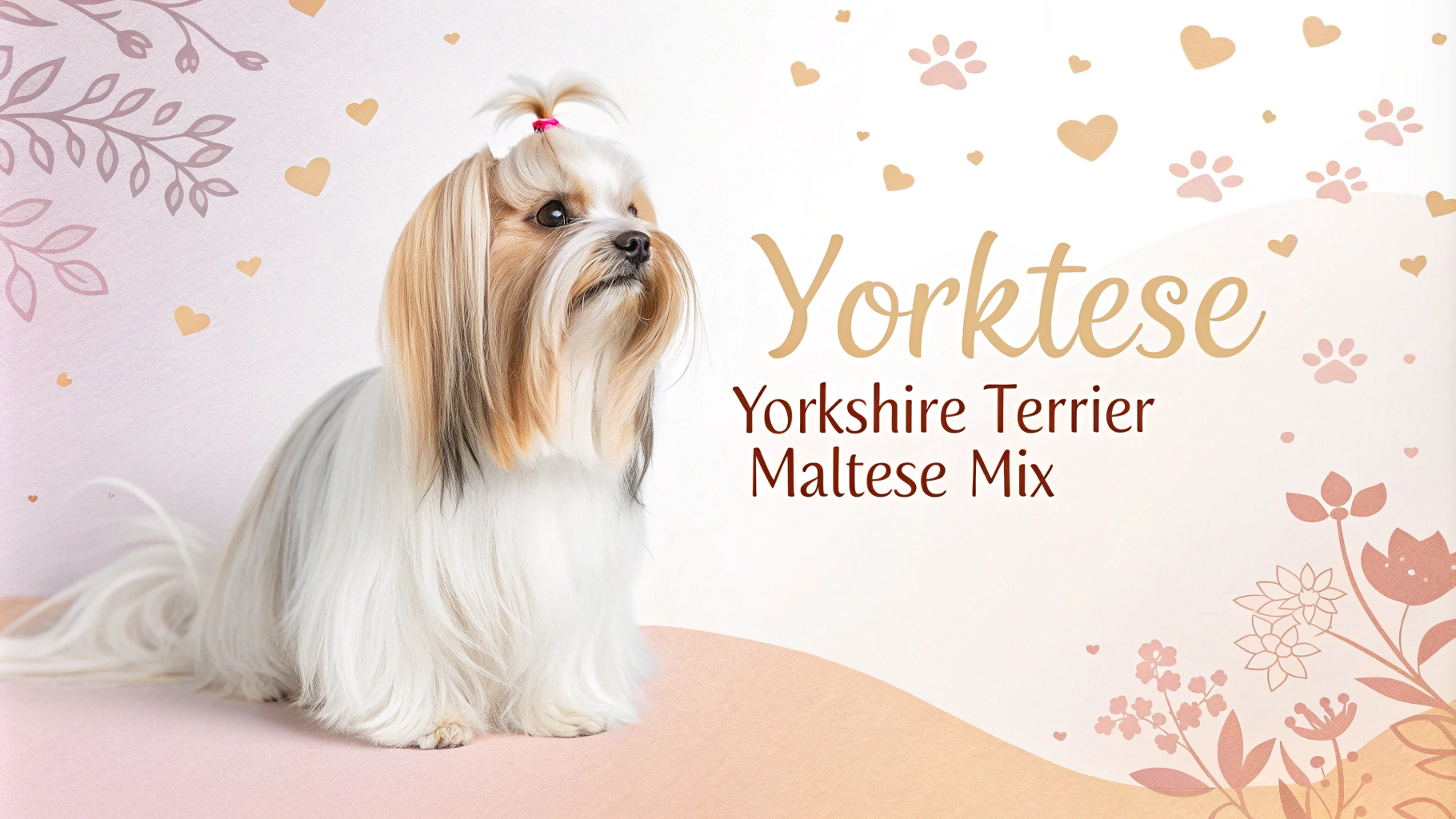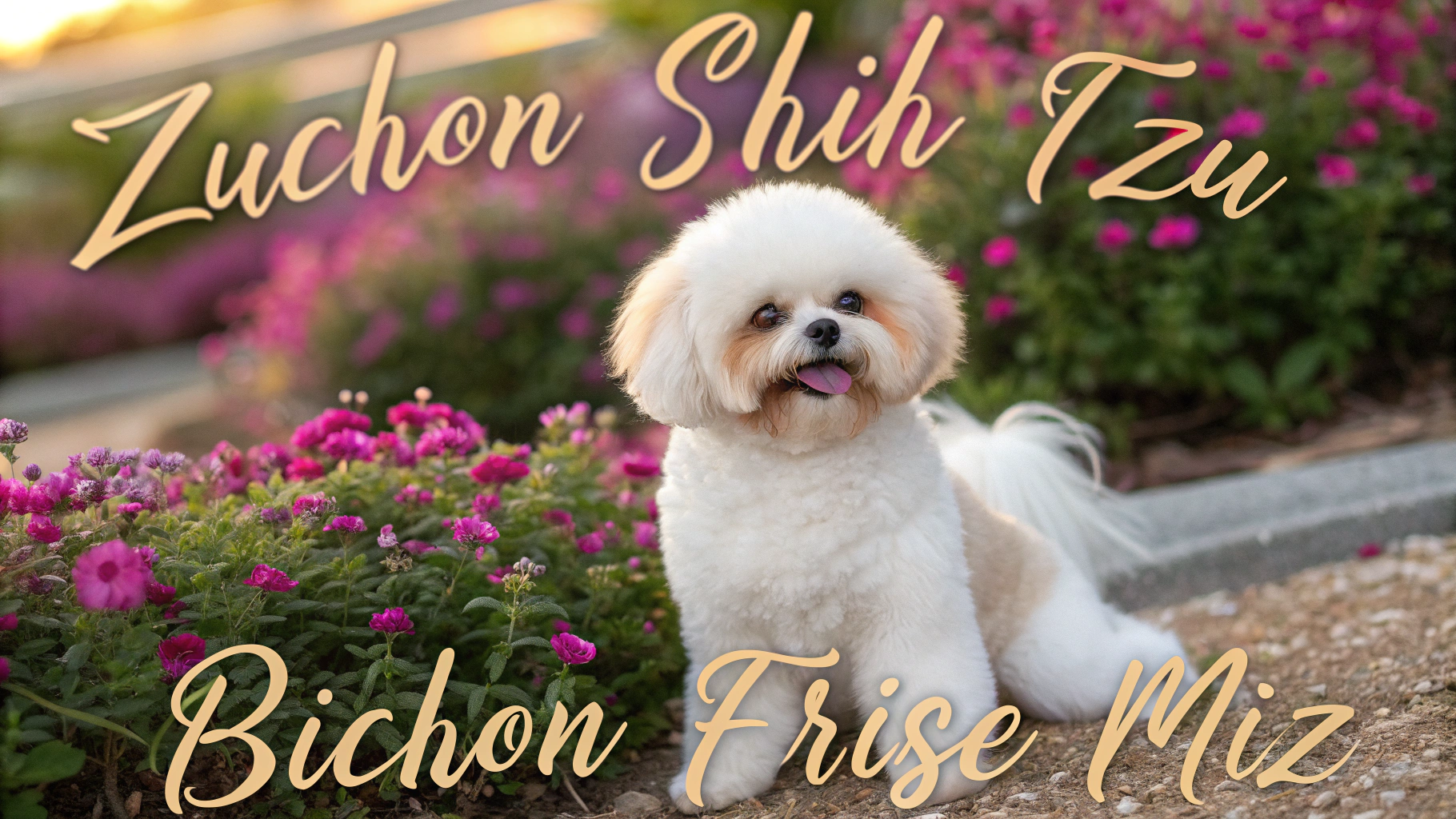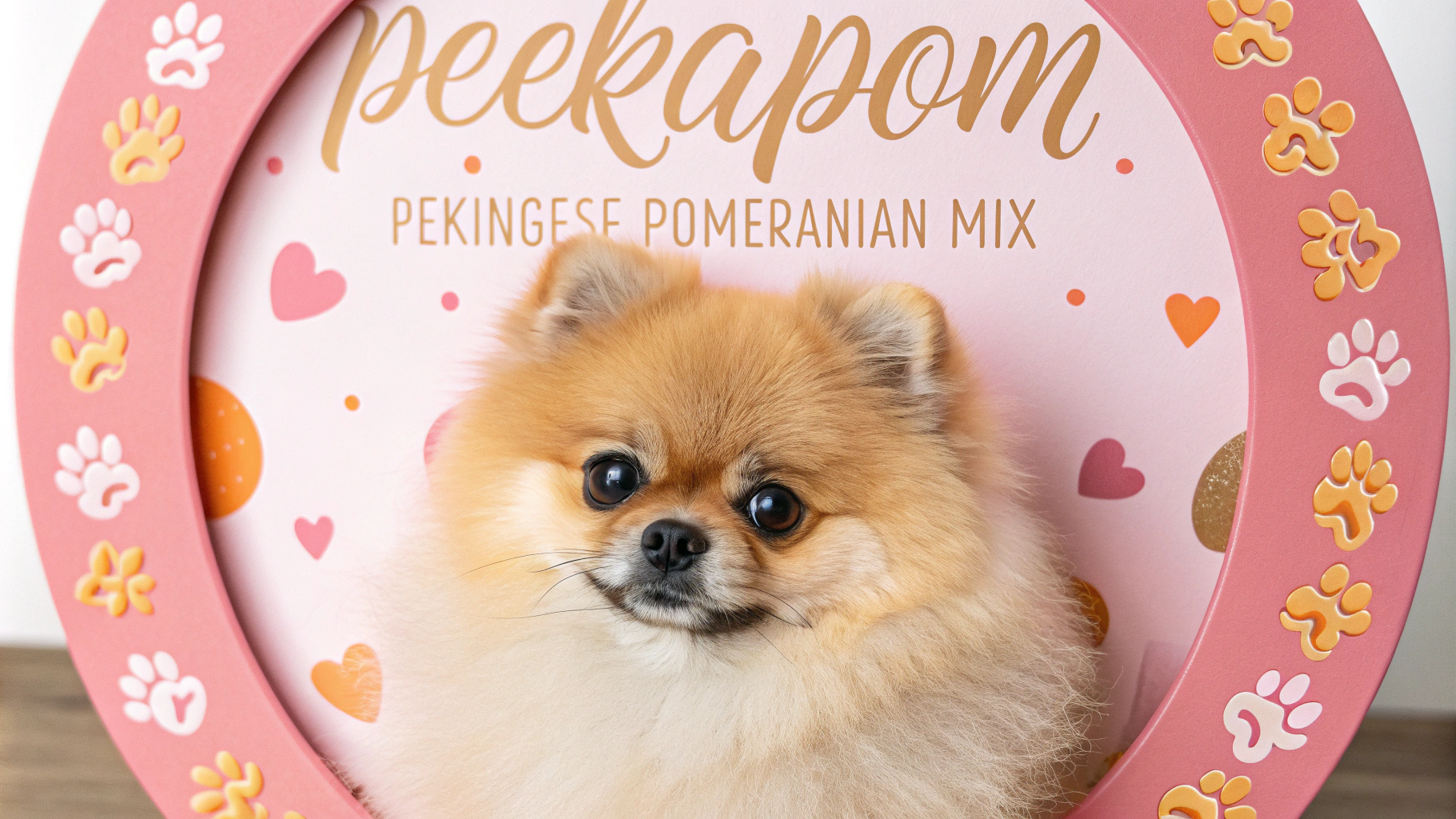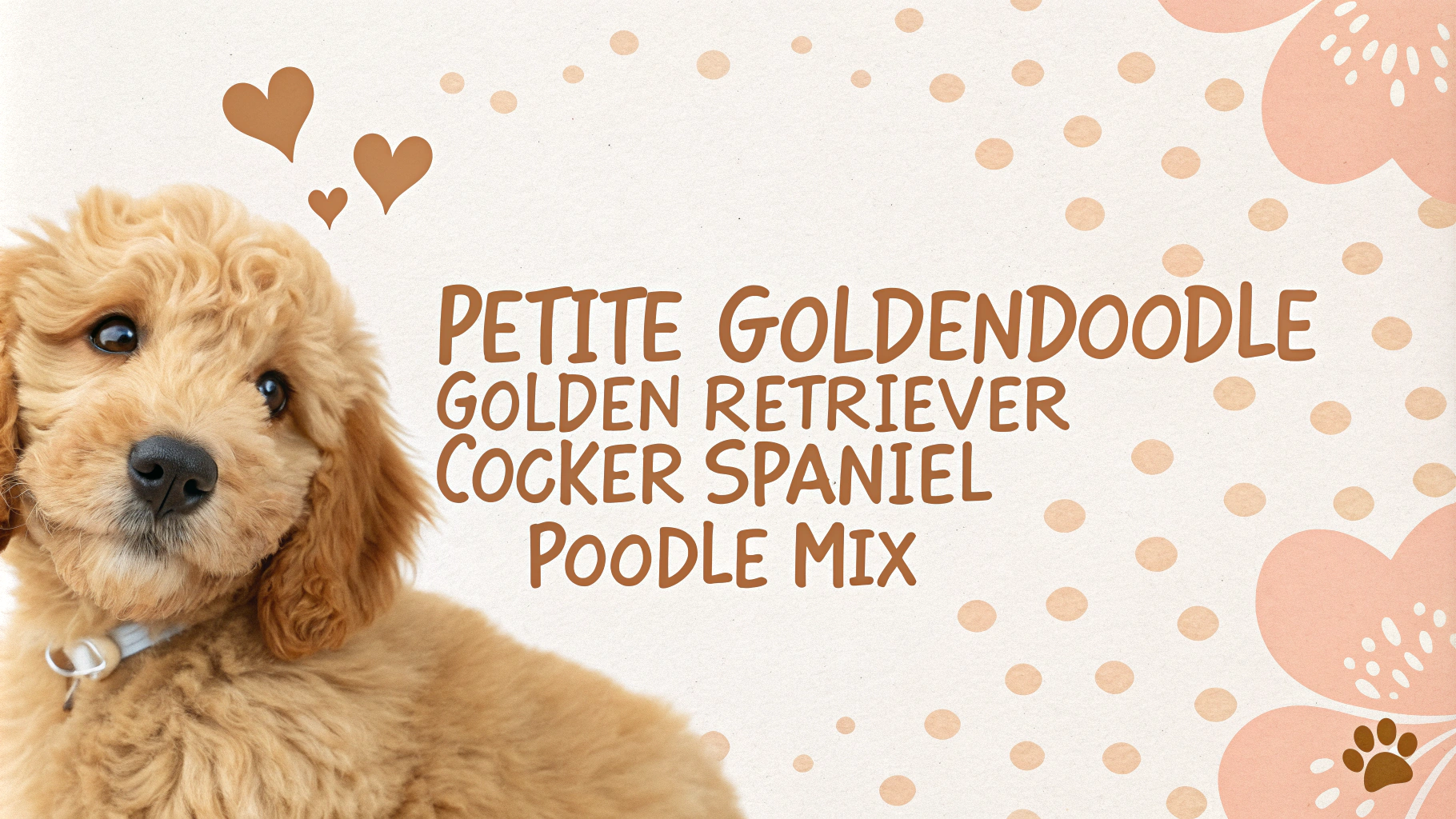The Papi-Poo is a delightful designer dog breed that combines the best traits of the Papillon and the Poodle. This charming hybrid inherits the intelligence and adaptability of both parent breeds, resulting in a small, energetic, and affectionate companion. Papi-Poos are known for their friendly nature, making them excellent family pets and suitable for various living situations.
Key Facts
- Size: Small, typically 8-11 inches tall
- Weight: 6-14 pounds
- Lifespan: 12-15 years
- Coat: Medium length, can be wavy or curly
- Colors: Various, including white, black, brown, and parti-colored
- Temperament: Intelligent, playful, and affectionate
- Exercise needs: Moderate
- Grooming: Regular brushing and occasional trimming required
Character Traits
Papi-Poos are known for their friendly and outgoing personalities, inheriting the best traits from both parent breeds. They are highly intelligent, which makes them easy to train and quick to learn new commands. These dogs are typically energetic and playful, enjoying interactive games and activities with their owners. Papi-Poos are also affectionate and loving, forming strong bonds with their families and often seeking attention and cuddles.
Despite their small size, Papi-Poos can be confident and alert, making them good watchdogs. They may inherit the Papillon’s tendency to bark at unfamiliar sounds or people, but this can be managed with proper training. These dogs are generally good with children and other pets when socialized early, though supervision is recommended due to their small size.
Papi-Poos are adaptable and can thrive in various living situations, from apartments to houses with yards. They enjoy being part of family activities and don’t like being left alone for long periods. Their sociable nature and moderate exercise needs make them excellent companions for active individuals or families looking for a small, affectionate, and intelligent dog.
History & Origins
The Papi-Poo is a relatively new designer dog breed, likely originating in the late 20th or early 21st century as part of the growing trend of creating hybrid dogs. While the exact origins of the Papi-Poo are not well-documented, it’s believed that breeders aimed to combine the Papillon’s elegance and alertness with the Poodle’s intelligence and hypoallergenic coat.
To understand the Papi-Poo better, it’s essential to look at the history of its parent breeds. The Papillon, also known as the Continental Toy Spaniel, has a history dating back to the 16th century in Europe, where it was a favorite among royalty and nobility. The Poodle, originating in Germany as a water retriever, has been popular for centuries and comes in various sizes, with the Toy and Miniature varieties likely used in creating the Papi-Poo.
As a hybrid breed, the Papi-Poo is not recognized by major kennel clubs like the American Kennel Club (AKC) or the United Kennel Club (UKC). However, some designer breed registries and smaller organizations may recognize and track Papi-Poos. The breed continues to gain popularity among dog enthusiasts looking for a small, intelligent, and affectionate companion with potentially reduced shedding compared to purebred Papillons.
Health Concerns
The Papi-Poo, like many mixed breeds, can inherit health issues from both parent breeds. Common health concerns may include:
- Patellar luxation: A condition where the kneecap dislocates, common in small breeds.
- Progressive Retinal Atrophy (PRA): An inherited eye disorder that can lead to blindness.
- Hip dysplasia: Though more common in larger breeds, it can affect Papi-Poos due to the Poodle lineage.
- Dental issues: Small breeds are prone to dental problems, so regular dental care is essential.
- Allergies: Both Papillons and Poodles can be prone to skin allergies.
Regular veterinary check-ups, dental cleanings, and eye examinations are crucial for maintaining the health of a Papi-Poo. Responsible breeding practices can help minimize the risk of inherited health issues. It’s also important to keep up with vaccinations and parasite prevention.
Exercise Needs
Papi-Poos are energetic and intelligent dogs that require regular exercise to maintain their physical and mental health. Their exercise needs typically include:
- Daily walks: At least 30-45 minutes of brisk walking per day, split into two sessions if possible.
- Playtime: Interactive games like fetch, tug-of-war, or hide-and-seek can provide both physical exercise and mental stimulation.
- Agility training: These dogs often excel in agility courses due to their intelligence and agility inherited from both parent breeds.
- Indoor activities: Puzzle toys and training sessions can help meet their mental exercise needs, especially during inclement weather.
While Papi-Poos are adaptable to different lifestyles, they thrive with consistent exercise routines. Regular activity helps prevent boredom, which can lead to destructive behaviors. It’s important to adjust exercise intensity based on the dog’s age, health status, and individual energy levels.
Space Requirements
Papi-Poos are generally adaptable to various living situations due to their small to medium size. Their space requirements include:
- Indoor space: They can live comfortably in apartments or small homes, as long as they receive adequate exercise.
- Outdoor access: While not essential, a small yard or nearby park for play and potty breaks is beneficial.
- Safe play area: A designated space for toys and play, either indoors or outdoors, is important for mental stimulation.
- Sleeping area: A comfortable bed or crate in a quiet area of the home for rest and relaxation.
Despite their adaptability, Papi-Poos should not be left alone for extended periods. They thrive on human companionship and may develop separation anxiety if isolated. Providing a safe, comfortable environment with access to toys and a view of the outdoors can help keep them content when alone.
Nutrition & Feeding
Proper nutrition is crucial for the health and longevity of Papi-Poos. Their dietary needs include:
- High-quality dog food: Choose a premium brand formulated for small to medium-sized breeds with moderate activity levels.
- Portion control: Follow feeding guidelines based on age, weight, and activity level to prevent obesity.
- Meal frequency: Two to three small meals per day are typically recommended for adult Papi-Poos.
- Fresh water: Always provide access to clean, fresh water.
- Treats: Use in moderation for training or rewards, accounting for no more than 10% of daily caloric intake.
It’s important to adjust the diet as the dog ages or if there are changes in activity level. Some Papi-Poos may have food sensitivities or allergies, so monitoring for any adverse reactions to new foods is essential. Consult with a veterinarian to determine the best diet plan for your individual Papi-Poo, especially if they have any specific health concerns or dietary requirements.
Grooming Tips
Papi-Poos typically require moderate to high grooming maintenance, depending on which parent breed they take after more. Their coat can range from silky and straight like a Papillon to curly like a Poodle, or a mix of both. Regular brushing, at least 2-3 times a week, is essential to prevent matting and tangling. Professional grooming every 6-8 weeks is recommended to maintain coat health and appearance.
Bathing should be done as needed, typically every 4-6 weeks, using a mild dog shampoo. Pay special attention to the ears, cleaning them regularly to prevent infections. Trim nails every 2-3 weeks or as needed, and brush teeth several times a week to maintain good oral hygiene. If the Papi-Poo has inherited the Papillon’s characteristic ear feathering, extra care should be taken to keep these areas clean and tangle-free.
For Papi-Poos with more Poodle-like coats, consider keeping the hair shorter for easier maintenance. This can be especially helpful in warmer climates or for owners who prefer a lower-maintenance grooming routine. Remember that proper grooming is not just about appearance; it’s also an opportunity to check for any skin issues, lumps, or abnormalities.
Training Approach
Papi-Poos are generally intelligent and eager to please, traits inherited from both parent breeds. This makes them relatively easy to train, but consistency and positive reinforcement are key. Start training and socialization early to ensure a well-behaved and confident adult dog.
Use reward-based training methods, incorporating treats, praise, and play. These dogs often respond well to clicker training due to their quick learning ability. Keep training sessions short (5-10 minutes) but frequent to maintain their interest and prevent boredom. Papi-Poos can be sensitive, so avoid harsh corrections or punishment-based training methods.
Focus on basic obedience commands, leash training, and house training from an early age. Incorporate mental stimulation through puzzle toys and interactive games to keep their minds engaged. Socialization is crucial; expose your Papi-Poo to various people, animals, and environments to prevent shyness or anxiety.
Be prepared for potential stubborn streaks, especially if the Papillon side is more dominant. Patience and persistence will be necessary in these cases. Address any signs of small dog syndrome early on by setting clear boundaries and rules. With proper training and socialization, Papi-Poos can become well-mannered, adaptable companions suitable for various living situations.
